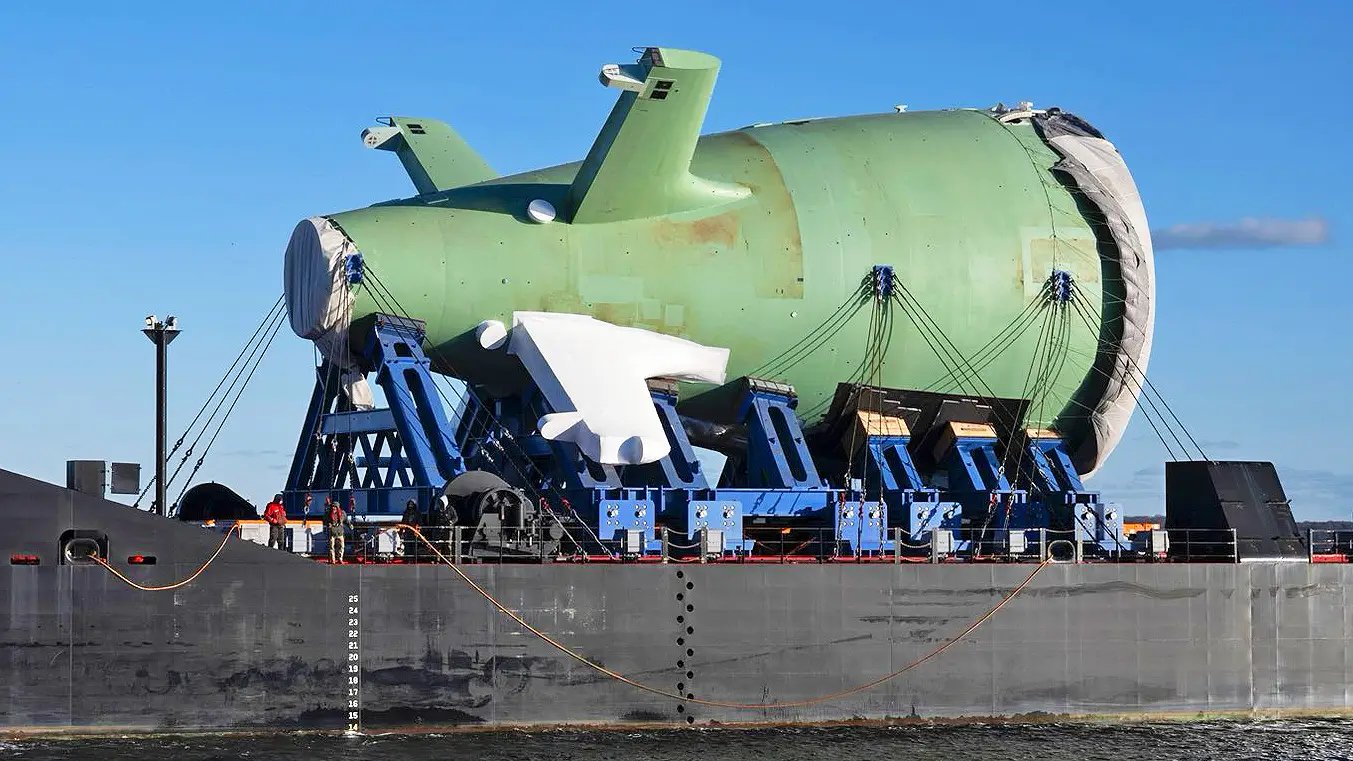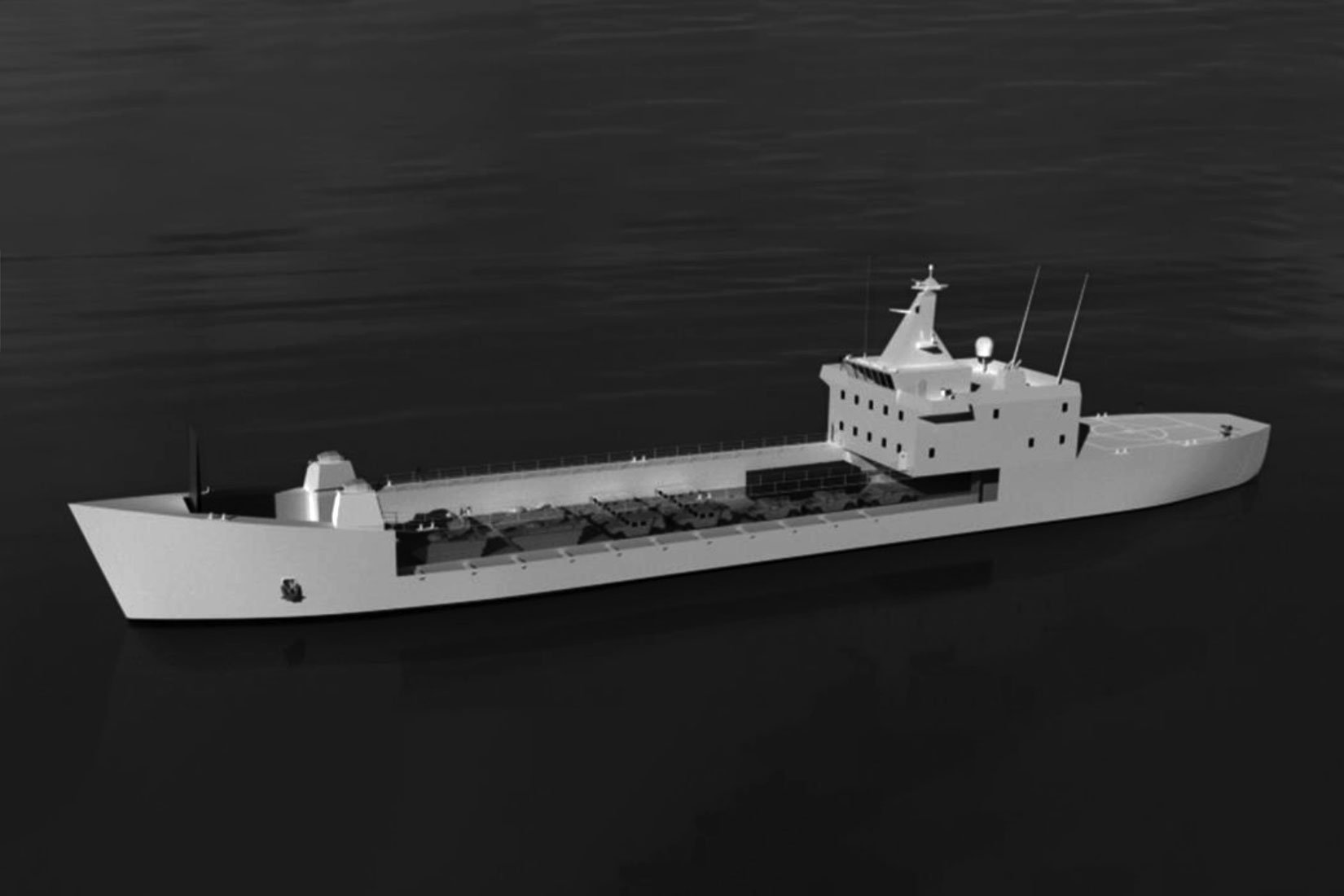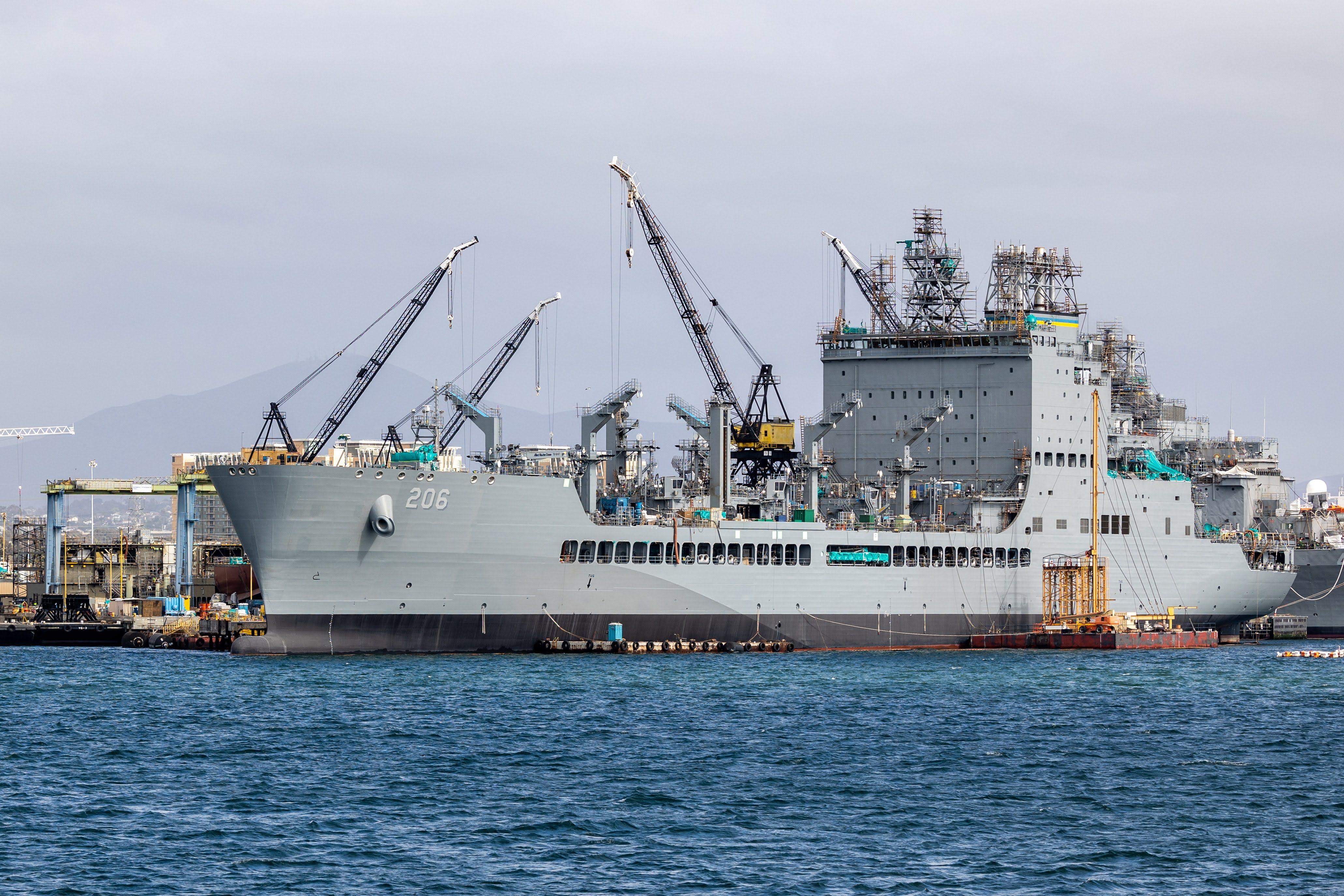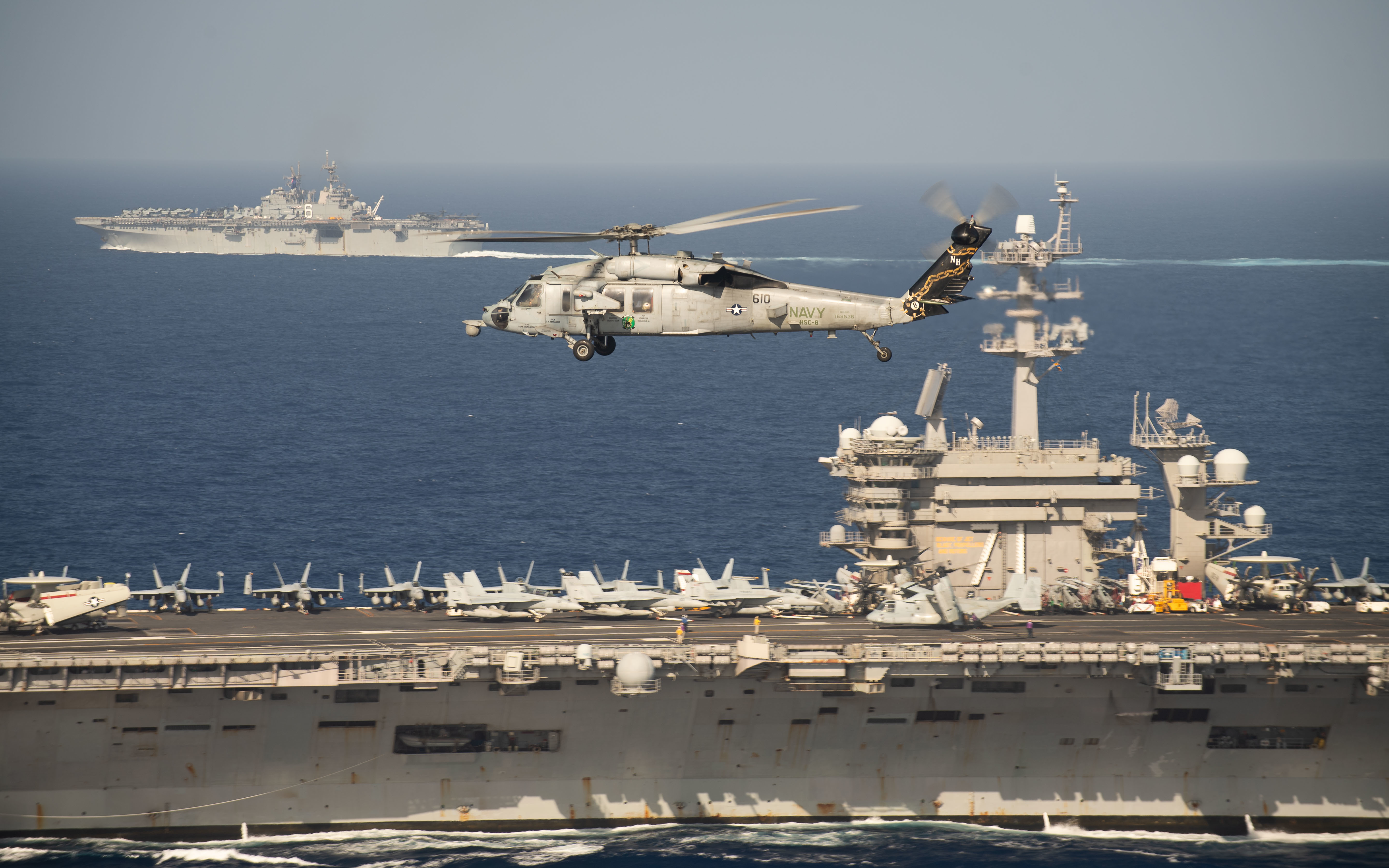
The Navy and the Department of Defense haven’t finished their homework needed to inform how the Navy builds its future fleet, a panel of naval experts told a House panel on Thursday.
The debate in Congress and in the Pentagon on naval power has been pegged on the last assessment of the number of hulls the Navy needs to meet the future requirements – 355. However, the underlying mission of what a newly structured fleet would do is unclear, said the panel addressing the House Armed Service subcommittee on seapower and projection forces.
The Navy never released an unclassified maritime strategy in conjunction with the 2018 National Defense Strategy, nor has it given a public version of its distributed maritime operations (DMO) operational doctrine.
“I was part of the National Defense Strategy Commission, and we were very blunt about the fact that there were not operating concepts. … There were piecemeal parts,” former Chief of Naval Operations Adm. Gary Roughead told the subcommittee.
But even for those on the inside who are familiar with the strategic pushes, there are major institutional questions as to what role the Navy would have in a world of great power competition, said Bryan Clark, a naval analyst and a senior fellow at the Hudson Institute who helped craft the 2017 fleet architecture for the Navy.
“We don’t really have that clear theory of victory or operational concept today,” Clark told the House panel.
That work is ongoing. Inside the Pentagon, the Office of the Secretary of Defense is developing new joint warfighting concepts and refining DMO and other emerging warfighting plans.
“Those concepts are all driving in a good direction to try to come up with a new way of fighting that doesn’t involve strictly attrition-based warfare, which is sort of the approach we took largely after the Cold War ended,” Clark said.
The focus now for the Pentagon is maneuverer warfare, “where we plan on using our forces to create dilemmas for adversaries that prevent them from being successful more than us being able to project power and take over locations of our own choosing. So, this decision-centric move in warfare is going to require us to have a fleet design that reflects some new characteristics different than the characteristics of our previous fleet,” he said.
In large strokes, that means moving the Navy away from the massed formations centered on aircraft carriers and amphibious warships and into smaller groups that will make it harder for adversaries like China and Iran to target.
For example, the Chinese DF-21D and DF-26 missiles are designed to hold U.S. capital ships at risk from hundreds of miles away.
“We have to guard against things like the DF-21, DF-26 and the whole plethora of Chinese missiles that can reach out and strike a surface fleet or territory out as far as Guam,” Alan Shaffer, deputy undersecretary of defense for acquisition and sustainment, said last year.
That thought process would also emphasize building smaller warships like well-armed frigates rather than the large multi-mission Arleigh Burke destroyers, as well as a new class of corvettes, according to an outline of a 2045 fleet Clark included in his written testimony to the HASC panel.
The testimony comes as the Navy’s own plans for its next fleet are on hold after Secretary of Defense Mark Esper prevented the release of the Navy’s latest Force Structure Assessment and 30-year shipbuilding plan.
“We have been promised by the Department of the Navy an updated force structure assessment, late in 2019, then early in 2020, then a little later in 2020. And now, again, we to this day still have not received an updated force structure assessment. In addition, we did not get a 30-year shipbuilding plan, which is required by law,” subcommittee chairman Rep. Joe Courtney (D-Conn.) said in his opening statement.
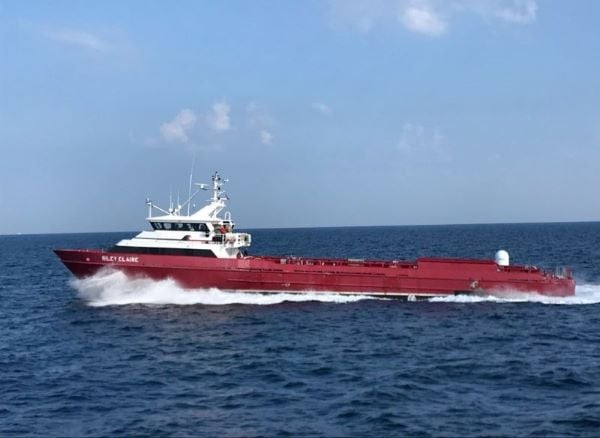
The Navy’s internal analysis called for a force that Pentagon officials consider to be too expensive. Esper left the new fleet study to be evaluated by not only the Navy but also outside think tanks and members of the Pentagon’s Cost Assessment and Program Evaluation (CAPE) to evaluate. Now Congress is set to consider the Navy’s budget for Fiscal Year 2021 with few hints of what the service plans for the future.
“So, there are assumptions I want to go back and have discussions with the Navy,” Esper told the House in February. “There’s other assumptions in there about ships and warfighting that I want to make sure I get right, so when I present you the plan it’s defensible and I feel confident in it and [Joint Chief’s Chairmen Gen. Mark Milley] feels confident in it.”
CAPE and some senior leaders in the Navy have pushed for a major expansion of unmanned vessels in 2019, and there is still a desire to create “attritable” vessels for the future fleet.
In its FY 2020 budget submission, the Navy initially proposed a $2.7-billion program to buy largely untested unmanned surface prototypes. The service has largely not released any justification for the need for unmanned surface ships to Congress or the public, Ron O’Rourke, a naval analyst with the Congressional Research Service, told the panel in response to a question from subcommittee ranking member Rep. Rob Wittman (R-Va.).
“We need to understand better what the Navy has done to shown analytically that this concept for distributing the Navy in this way not only makes sense but that it’s the best or most promising possible way forward. We’ve had an assertion that this is the way to go, but I’m not sure how much analytical underpinning there has been for it,” O’Rourke said.
“It’s one thing to say, you’re going to do this. It’s another thing to develop the operational concepts to actually figure out how you’re going to operate the ships and not just be a topic of hand-waving and briefing slides with electric bolts on them. The analytical basis and the operational concepts need to be developed if they haven’t already, and that needs to be shared with the Congress so that Congress can look at that and factor it into its assessment and markup of these proposed budgets.”
Roughead agreed that the Navy should develop prototypes of the unmanned surface vehicles but said they shouldn’t move into initial production until the operational concepts were well defined.
He offered a cautionary tale of how the Navy paused aggressive development of unmanned carrier aviation after successful tests of the X-47B unmanned aerial vehicles almost a decade ago.
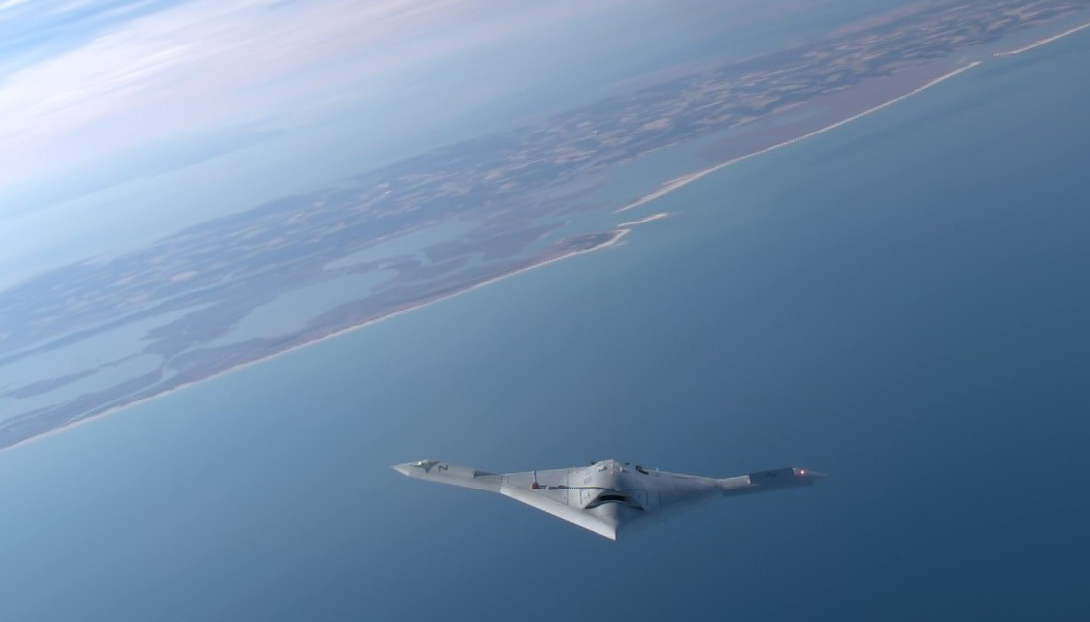
“We flew an unmanned aircraft off of an aircraft carrier in 2012. Yeah, 2012, that has not happened again. That’s eight years in my mind of a hiatus, and trying to advance this new technology is not aggressive by any stretch of the imagination,” he said. “I think that there have to be provisions for the Navy to construct some of [unmanned ships], for them to be able to deploy them even before they meet all of the operational wickets so that we can learn.”
Beyond individual platforms, Roughead said there is a need to emphasize the ability for the U.S. to project power on the sea when faced with a rival like the Chinese People’s Liberation Army Navy.
“I don’t think we should be shy about the fact that it is maritime. … That requires certain types of capabilities to come together, that we can rely on elements of the joint force, but we really need to start thinking more about the maritime domain, because I would argue that PLA– if you look at their writings — they have transitioned,” he said.
“If we do not acknowledge the fact that we have maritime needs, capabilities, and we have to integrate all of it, we’re going to be behind the eight ball.”


